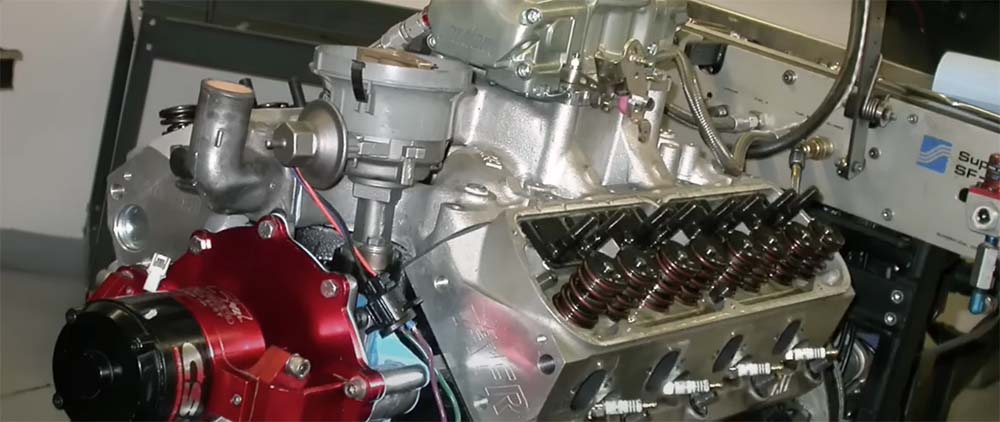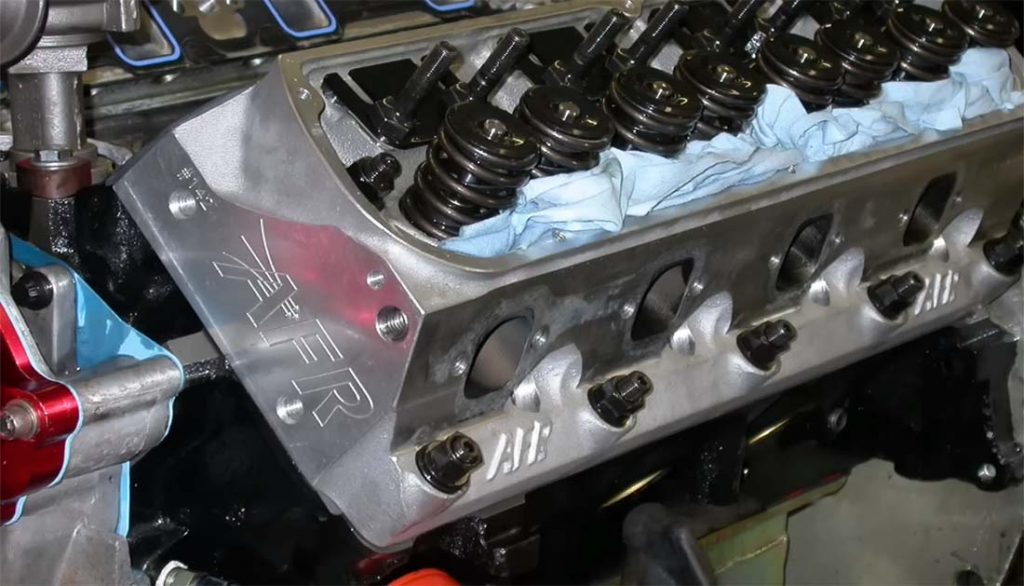Torquing 185 AFR cylinder heads correctly is not just a routine procedure but a vital step that can significantly influence the performance and durability of an engine. This comprehensive guide is designed to demystify the process, providing both novice and experienced mechanics with the knowledge and confidence to execute this task flawlessly. Proper torque application on your cylinder heads is crucial to prevent potential engine failure, making an understanding of this procedure indispensable for anyone involved in engine maintenance and assembly.
Understanding the Importance of Correct Torque
Applying the correct torque to 185 AFR cylinder heads is paramount to achieving a uniform and secure connection between the cylinder heads and the engine block. This uniformity is essential not only for maintaining the engine’s internal seal and preventing leaks but also for ensuring that the engine operates within its designed parameters. Incorrect torque can lead to a host of problems, including compromised engine integrity, reduced efficiency, and in severe cases, engine failure. By understanding the significance of the correct torque settings, mechanics can enhance the engine’s compression ratio, thereby boosting its power output and overall efficiency.
Tools and Materials Needed
Embarking on the cylinder head torquing process requires proper preparation, starting with gathering the necessary tools and materials. Having the right equipment at your disposal facilitates a smooth and effective operation. Essential items include:
- A high-quality torque wrench, accurately calibrated in foot-pounds or Newton-meters
- Clean rags and high-grade engine oil for lubricating the bolt threads and under the bolt heads
- A new set of cylinder head bolts or studs, as recommended by the cylinder head manufacturer
These tools and materials are critical for achieving the desired outcome and should be prepared in advance to ensure the process proceeds without interruption.

Step-by-Step Guide to Torquing 185 AFR Cylinder Heads
The procedure for torquing 185 AFR cylinder heads is meticulous and demands careful attention to detail. Following these steps will ensure that the cylinder heads are correctly installed:
- Begin by thoroughly cleaning the cylinder head and engine block surfaces to remove any debris or remnants of old gasket material.
- Apply a light coat of engine oil to lubricate the bolt threads and the underside of the bolt heads. This lubrication is crucial for obtaining accurate torque readings.
- Carefully position the cylinder head onto the engine block, aligning it with the dowel pins to ensure proper placement.
- Hand-install the cylinder head bolts to prevent cross-threading, which could damage the threads and compromise the installation.
- Use the torque wrench to tighten the bolts in the sequence specified by the manufacturer, starting with an initial torque setting.
- After the initial torque application, complete a final pass, tightening the bolts to the full torque specification in the same sequence. This two-step process ensures even pressure and optimal sealing.
Common Mistakes to Avoid
During the cylinder head torquing process, certain pitfalls can negatively impact the engine’s performance and longevity. To avoid these common errors:
- Ensure the use of a properly calibrated torque wrench to achieve accurate torque application.
- Do not overlook the importance of lubricating bolt threads, as failure to do so can lead to false torque readings and potential bolt failure.
- Adhere strictly to the manufacturer’s recommended torque sequence and specifications.
Deviating from these guidelines can result in uneven pressure distribution and potential engine damage.
Conclusion
Properly torquing 185 AFR cylinder heads is a critical aspect of engine assembly that directly affects its performance, reliability, and service life. This detailed guide provides a structured approach to the torquing process, emphasizing the importance of precision and care. Whether you are an experienced mechanic or a dedicated DIY enthusiast, following these guidelines will ensure a successful installation, contributing to your engine’s optimal performance and efficiency. Always consult the manufacturer’s guidelines for the most accurate and up-to-date information related to your specific engine model.

